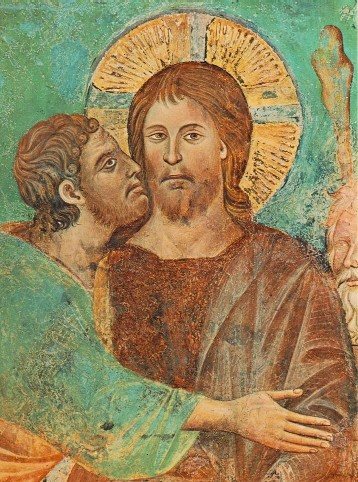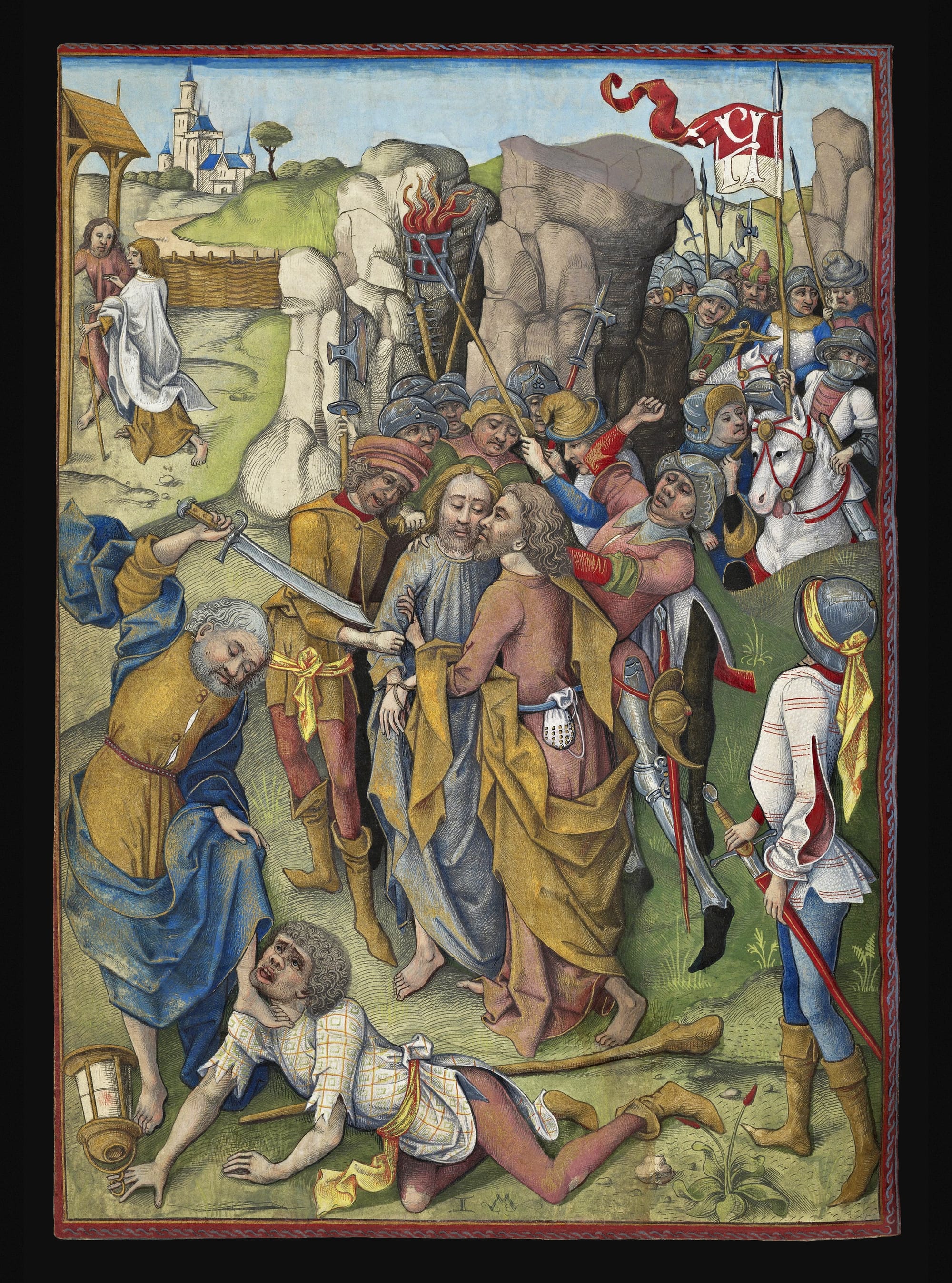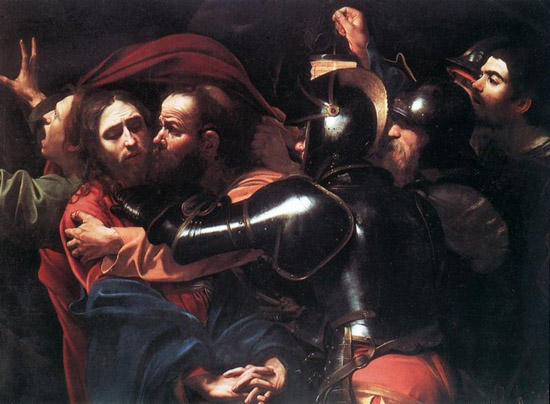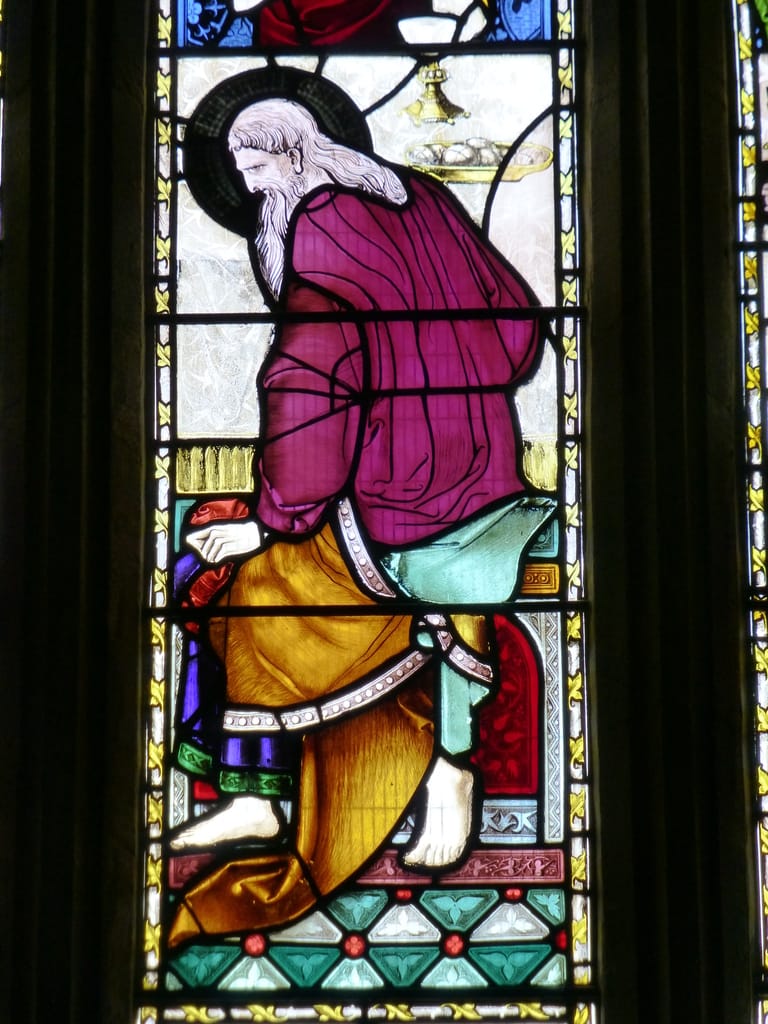The Gospel of Judas

The Gospel of Judas is an account of conversations between Jesus and Judas in the last days before Jesus was crucified and it suggests they were best friends, contrary to received wisdom, and that Judas turned him in because Jesus asked him to. The idea that Jesus could have been so strategic offends many of the devout, yet it is a compelling story. One beneficial side-effect: Judas can no longer be used as an excuse to blame Jews for the death of Christ. One interesting line of speculation suggests that the idea of Judas as betrayer was begun by St. Augustine and other early Christian theologians as a way to vilify Jews.
With this discovery in early 2006, it became apparent that all the disciples are well on their way to getting their own Gnostic gospels. Judas’ Gospel is on 13 papyrus sheets bound in leather that were found in the Egyptian desert in the 1978. It did not fall into the hands of antiquities experts until 2000 when restoration began. Dated between 300 AD and 400 AD, the manuscript is in Coptic, translated from an earlier original Greek manuscript.

The Judas Kiss... The iconic image above is by the 13th century Florentine painter Cimabue. Below is a Last Supper tableau by Ugolina da Siena in the 14th century: Judas doesn't get have a halo.

Below is a touched up version of The kiss of Judas Iscariot, a colored engraving, from The Heures de Charles d'Angoulême, a book of hours from the late 15th century. That's Peter in the left foreground committing murder.

This is Caravaggio's interpretation from around 1602:

Finally, I thought this was clever: a Judas with a black halo in a stained glass window of the Church of St. John the Baptist, in Yeovil, England. The window dates back to 1862 and shows The Last Supper.

The Putin kiss - here
